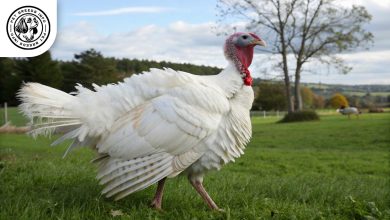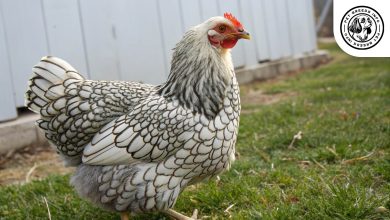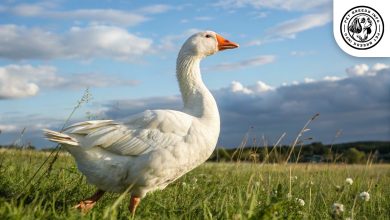Bali Duck Breed: Personality, Lifespan, Food & Care
General Introduction of the Breed
The Bali Duck, also known as the Balinese Duck, is a domesticated breed originating from the Indonesian island of Bali. This breed is closely related to the Indian Runner Duck and is recognized for its upright stance and elegant appearance. Traditionally, Bali Ducks have been raised for egg production and ornamental purposes, making them a unique and valued breed among duck enthusiasts.
Table of Contents
| Common Name | Bali Duck |
| Scientific Name | Anas platyrhynchos domesticus |
| Origin | Bali, Indonesia |
| Size | Medium; 4–6 lbs (1.8–2.7 kg) |
| Lifespan | 8–10 years |
| Colors | White, fawn, pied markings |
| Talking Ability | Low—limited vocalizations beyond standard duck quacking |
| Noise Level | Moderate—vocal when startled or alarmed |
| Social Behavior | Social, flock-oriented, timid with strangers |
Physical Characteristics
Bali Ducks have a slender, upright posture and are similar in appearance to the Indian Runner Duck. They generally weigh between 4 to 6 lbs (1.8 to 2.7 kg), with males being slightly larger than females. Their plumage is often white, fawn, or a combination of pied markings. Their eyes are dark and alert, complementing their sleek body shape. The beak is medium in size and varies in color depending on the specific plumage. They have small, close-fitting wings and a short, straight tail.
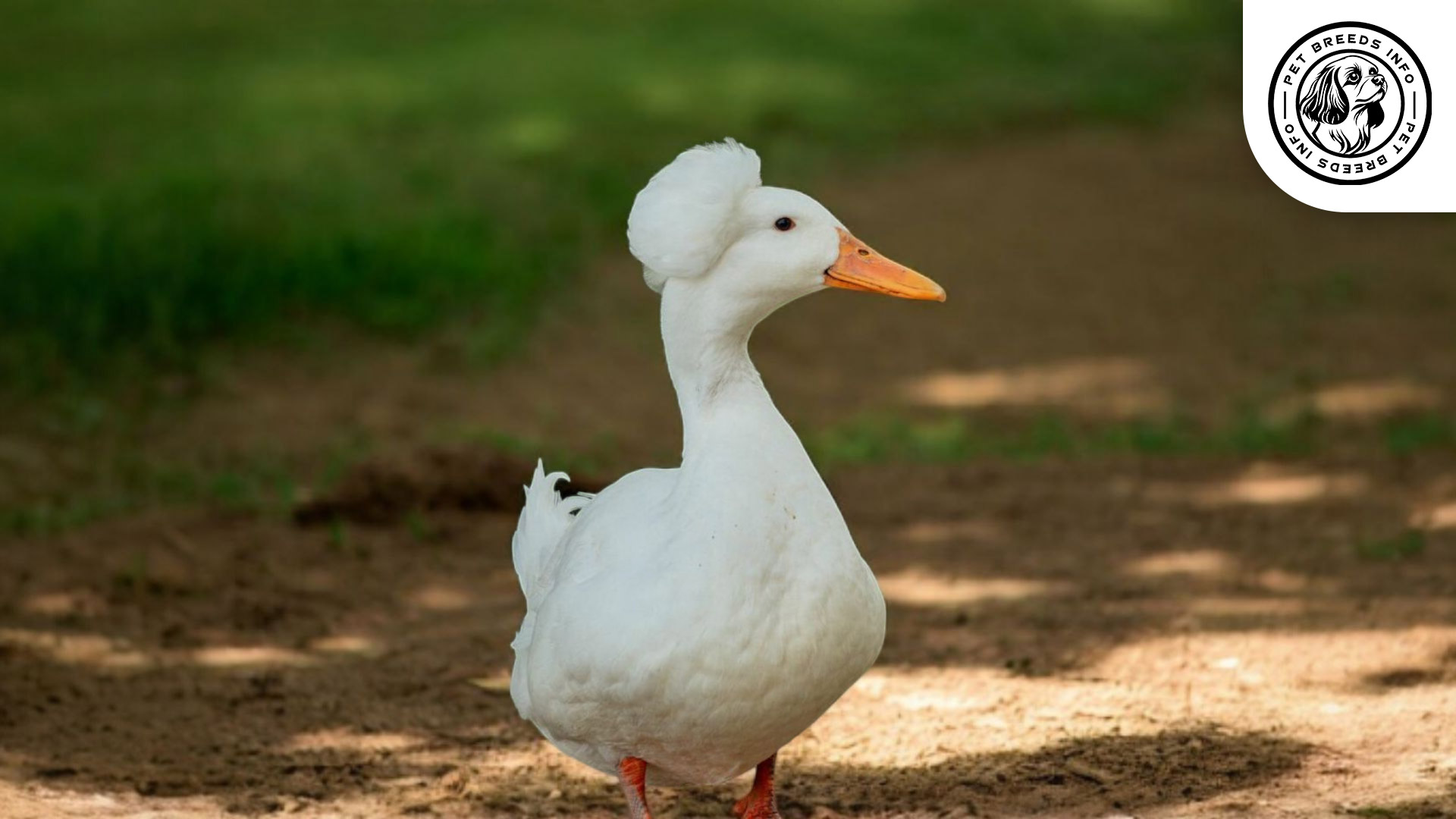
Personality and Temperament
Bali Ducks are intelligent and highly active. They are known for their foraging ability and constant movement. This breed is friendly but can be somewhat nervous around new environments or unfamiliar people. They are social birds that thrive in groups and enjoy interacting with other ducks. While they are not aggressive, they may take time to warm up to human handlers. They are also sensitive to sudden environmental changes and loud noises, which can cause stress.
Read More: Blue-throated Macaw Bird
Care and Maintenance Requirements
Being an energetic breed, Bali Ducks require ample space to roam and forage. A backyard or farm setting with access to a pond or shallow water source is ideal. They are not well-suited for small enclosures or apartment living. Their plumage is relatively low maintenance, requiring minimal grooming. Providing a clean and dry shelter is essential to prevent dampness-related health issues. Nail trimming and occasional bathing help maintain their overall hygiene.
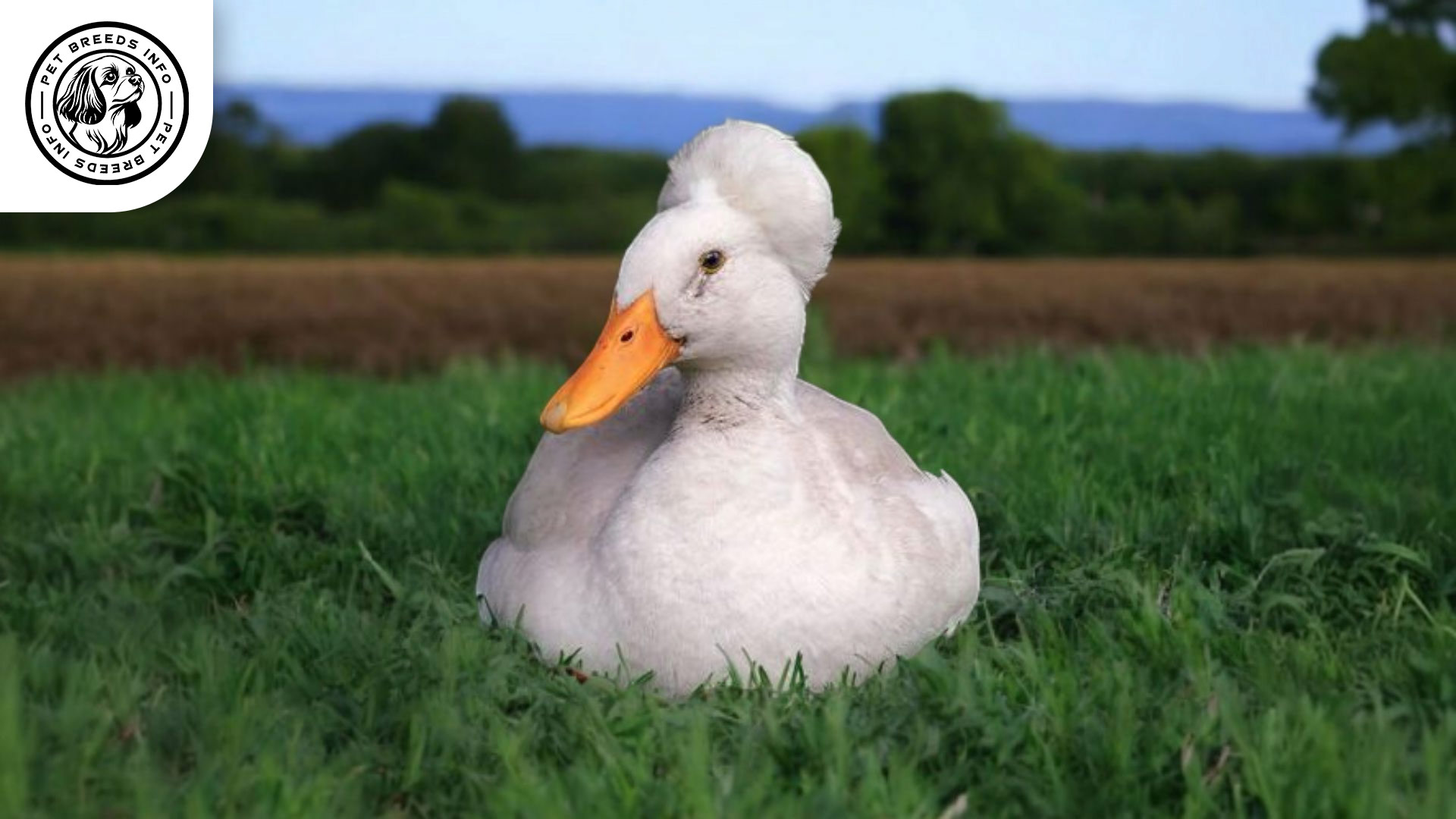
Diet and Nutrition
Bali Ducks thrive on a balanced diet consisting of duck pellets, grains, insects, and leafy greens. Supplementing their diet with calcium-rich foods supports strong eggshell production. Foods such as processed or sugary snacks, avocados, and chocolate should be avoided as they are toxic to ducks. Young ducks should be fed starter feed, while adults require layer or breeder feed along with occasional treats.
Health and Common Medical Issues
Bali Ducks are generally hardy birds but can be prone to respiratory infections if kept in damp or unclean conditions. Leg and foot injuries may occur if they walk on rough surfaces. External parasites like mites and lice can also be an issue if they are not provided with regular dust baths. Regular veterinary check-ups and vaccinations are essential for disease prevention. The average lifespan of a healthy Bali Duck is around 8 to 10 years.
Read More: Military Macaw Bird
Training and Behavior Management
Bali Ducks are not traditionally trained like dogs, but they can learn to recognize their caretaker and respond to feeding routines. Early socialization can help them become more comfortable around humans. Positive reinforcement, such as food rewards, can be used to encourage desired behaviors. Providing a routine and calm environment helps them feel secure and reduces stress-related behaviors.
Interaction with Other Animals and Humans
Bali Ducks generally get along well with other ducks and poultry. They are not aggressive but may be wary around large or predatory animals. They are suitable for families with outdoor space but may not be the best choice for households with small children due to their timid nature. They bond well with their flock mates and are happiest when kept in groups.

Price and Availability
The price of a Bali Duck varies depending on age and breeder reputation. On average, they cost between $10 to $30 per duckling. It is important to purchase from reputable breeders or farms that prioritize bird health and breeding ethics. Some adoption centers may also have Bali Ducks available for rehoming.
Conclusion and Final Thoughts
The Bali Duck is an elegant and active breed best suited for owners with ample outdoor space. They require a flock environment, fresh water, and clean shelter to thrive. While they may not be the best choice for novice owners due to their sensitive nature, they are a rewarding breed for those willing to provide proper care. Potential owners should consider their environmental needs and social nature before adopting Bali Ducks.
Read More: Red-fronted Macaw Bird
FAQ
Where does the Bali Duck originate from?
It originates from the island of Bali in Indonesia and is closely related to the Indian Runner Duck.
What is the Bali Duck mainly used for?
It’s primarily raised for egg production and ornamental purposes.
Is this breed good for beginners?
Not ideal for novices due to its sensitivity to environmental changes and timid personality.
Can Bali Ducks live in small spaces?
No, they require ample space to roam and are best suited for backyards or farms.


